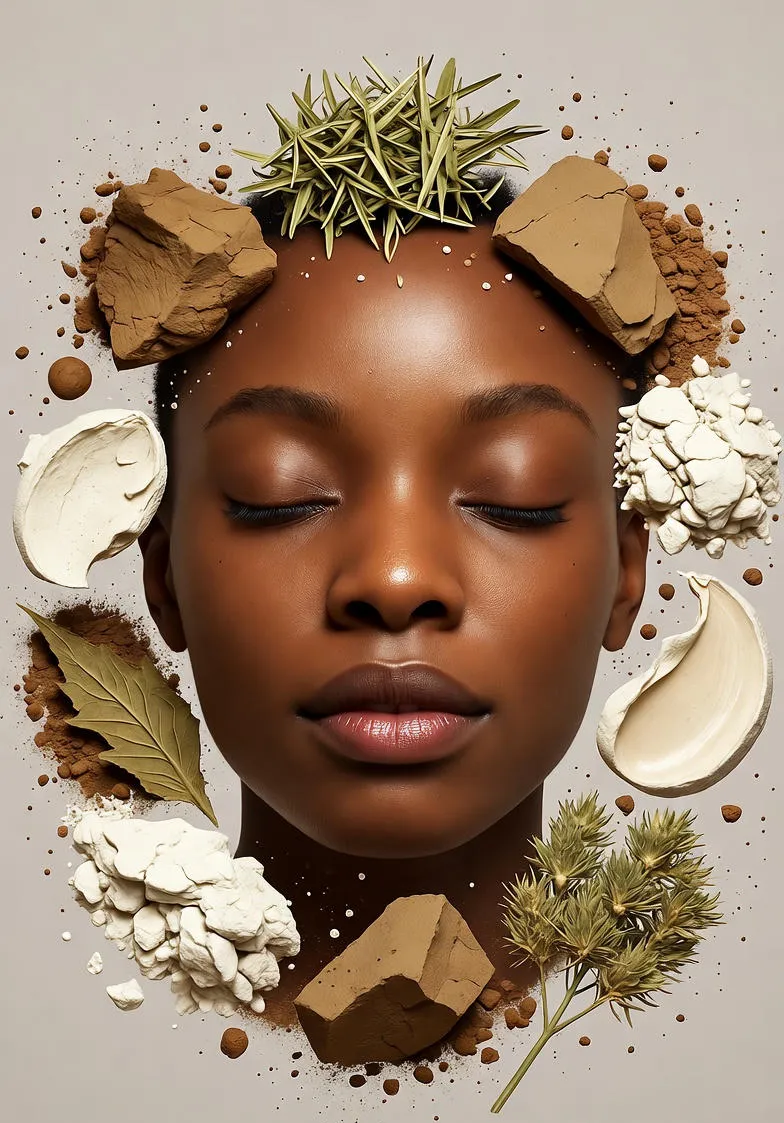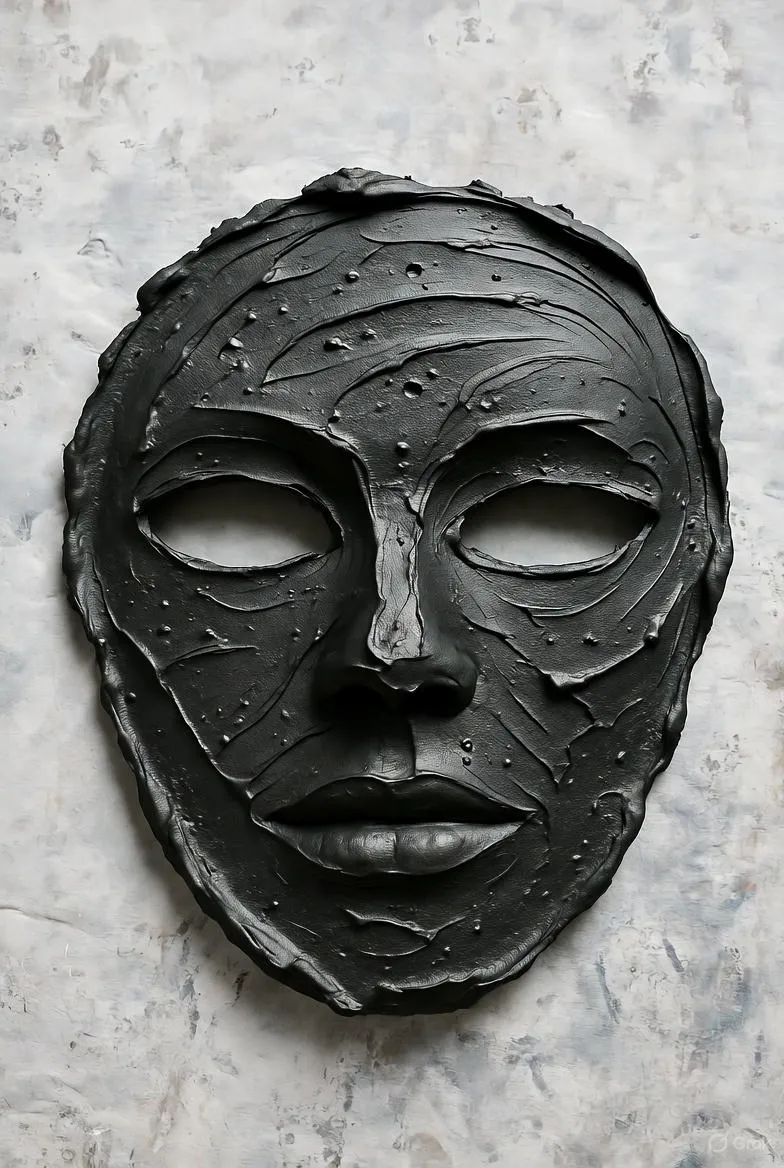Unlock Smoother Skin: The Ultimate Guide to Clay Face Masks for Minimizing Pores
Explore the power of clay face masks for minimizing pores. Learn benefits, types like bentonite and kaolin, DIY recipes, and expert tips for smoother, clearer skin.

Introduction to Clay Face Masks
Clay face masks have surged in popularity over the past few years, becoming a staple in many skincare routines. These natural wonders are praised for their ability to draw out impurities, absorb excess oil, and refine the skin's texture. But what makes them particularly effective for pore minimization? In this comprehensive guide, we'll dive deep into the science, benefits, and practical applications of clay face masks, helping you achieve that coveted smooth, poreless complexion.
Whether you're battling enlarged pores due to oily skin, environmental pollutants, or hormonal changes, clay masks offer a targeted solution. Unlike chemical-heavy treatments, they harness the earth's own minerals to gently exfoliate and tighten pores without stripping the skin's natural moisture barrier. As we explore this topic, you'll learn why dermatologists recommend them and how to incorporate them into your daily regimen.
What Are Clay Face Masks?
At their core, clay face masks are skincare products formulated with finely milled clay powders derived from volcanic ash, sedimentary deposits, or marine sources. These clays act like magnets for toxins, soaking up sebum and debris that clog pores. The most common types include kaolin, bentonite, and French green clay, each with unique properties suited to different skin types.
Kaolin clay, for instance, is gentle and ideal for sensitive skin, providing mild absorption without irritation. Bentonite clay, on the other hand, is a powerhouse for oily and acne-prone skin, thanks to its high montmorillonite content that expands when wet to pull out deep-seated impurities. French green clay, rich in iron oxides, offers anti-inflammatory benefits, making it excellent for soothing redness while minimizing pore appearance.
The magic happens through adsorption—a process where clay particles bind to negatively charged toxins and positively charged oils, effectively cleansing at a molecular level. This isn't just folklore; studies from the Journal of Cosmetic Dermatology highlight how clay masks can reduce pore size by up to 20% after consistent use.
The Science Behind Pore Minimization
Enlarged pores are often the result of overactive sebaceous glands producing excess oil, combined with a loss of elasticity in the surrounding skin. As we age or face stress, collagen production dips, allowing pores to stretch and become more visible. Clay masks counteract this by:
- Absorbing Excess Sebum: Clays like bentonite can absorb up to 700% of their weight in water and oils, reducing oiliness that stretches pores.
- Exfoliating Dead Skin: The drying action of clay helps slough off dead cells that accumulate around pore openings, preventing blockages.
- Tightening Skin: As the mask dries, it creates a temporary contraction effect, visually shrinking pores and promoting long-term firmness through mineral nourishment.
Research from the International Journal of Dermatology supports these claims, showing that weekly clay mask applications lead to measurable reductions in pore diameter, especially when paired with hydration. It's not a quick fix, but with patience, you'll notice smoother skin over 4-6 weeks.
Benefits Beyond Pore Reduction
While pore minimization is the star, clay masks offer a host of ancillary perks. They detoxify by removing heavy metals and pollutants, balance pH levels, and even deliver trace minerals like silica and magnesium that boost skin health. For those with acne, the antibacterial properties of certain clays can reduce breakouts by 30%, according to clinical trials.
Moreover, they're eco-friendly and budget-friendly. A single jar of clay powder can last months, making them accessible for all budgets. In a world of synthetic serums, clay masks bring back the simplicity of natural skincare, aligning with the clean beauty movement.
Choosing the Right Clay for Your Skin Type
Not all clays are created equal, so selecting the right one is crucial for optimal results. Here's a breakdown:
| Clay Type | Skin Type | Key Benefits |
|---|---|---|
| Kaolin | Sensitive/Dry | Gentle cleansing, minimal drying |
| Bentonite | Oily/Acne-Prone | Deep detoxification, oil control |
| French Green | Combination | Anti-inflammatory, mineral-rich |
| Rhassoul | All Types | High silica for smoothing |
For pore minimization specifically, start with bentonite if your skin is oily—its swelling action is unparalleled at decongesting. If dryness is a concern post-mask, mix in hydrating agents like aloe vera or honey to maintain balance.
How to Use Clay Face Masks Effectively
Application is key to unlocking the full potential of clay masks. Follow these steps for best results:
- Prep Your Skin: Begin with a clean face. Double cleanse if wearing makeup to ensure pores are accessible.
- Mix the Mask: Use a non-metallic bowl (clays react with metal). Combine 1-2 tablespoons of clay powder with equal parts water, apple cider vinegar, or tea for added benefits. Aim for a yogurt-like consistency.
- Apply Evenly: Use a brush or fingers to spread a thin layer over the T-zone and cheeks, avoiding the eye area. Relax for 10-15 minutes—set a timer to prevent over-drying.
- Rinse Gently: Use lukewarm water and a soft cloth. Follow with a toner and moisturizer to lock in hydration.
- Frequency: Use 1-2 times weekly. Overuse can lead to dryness, counteracting pore benefits.
Pro tip: Enhance efficacy by steaming your face beforehand to open pores, allowing deeper penetration.
DIY Clay Mask Recipes for Pore Perfection
Why buy when you can DIY? Here are three simple recipes tailored for pore minimization:
- Basic Bentonite Detox Mask: 2 tbsp bentonite clay + 2 tbsp apple cider vinegar + 1 tsp honey. The ACV balances pH, while honey soothes.
- Kaolin Calming Blend: 1 tbsp kaolin + 1 tbsp rosewater + 5 drops tea tree oil. Ideal for sensitive skin with a pore-tightening twist.
- Green Clay Exfoliator: 1.5 tbsp French green clay + 1 tbsp yogurt + 1 tsp oatmeal. The lactic acid gently buffs away buildup.
Store extras in the fridge for up to a week. Customize based on your needs—add charcoal for extra detox or oatmeal for extra exfoliation.
Common Mistakes and How to Avoid Them
Even with the best intentions, pitfalls can hinder results. Avoid these:
- Leaving It On Too Long: Beyond 20 minutes, clays can dehydrate skin, enlarging pores paradoxically.
- Skipping Moisturizer: Always hydrate post-mask to prevent rebound oil production.
- Ignoring Patch Tests: Test on your inner arm first, especially with essential oils.
- Using on Broken Skin: Clays can sting open wounds; wait for healing.
Listen to your skin—if it feels tight, dial back frequency. Consistency trumps intensity in skincare.
Clay Masks in Professional Treatments
Beyond home use, spas and dermatologists incorporate clay masks into facials. Think enzyme peels combined with clay for a double whammy on pores. At-home LED devices paired with masks can amplify results, as light therapy reduces inflammation.
For severe cases, consult a pro. Prescription topicals like retinoids pair well with clays, but introduce slowly to avoid irritation.
Sustainable and Ethical Sourcing
As clay mining impacts environments, opt for sustainably sourced products. Look for certifications like ECOCERT, ensuring ethical harvesting. Brands like Aztec Secret or NOW Foods prioritize purity without additives.
By choosing responsibly, you support planetary health while pampering your skin—a win-win.
Conclusion: Embrace the Clay Revolution
Clay face masks for pore minimization aren't just a trend; they're a timeless tool backed by science and nature. From absorbing oils to delivering minerals, they offer multifaceted benefits that lead to clearer, more refined skin. Start simple, stay consistent, and watch your pores transform.
Ready to clay your way to confidence? Your smoother future awaits. Share your experiences in the comments—what's your go-to clay mask recipe?


